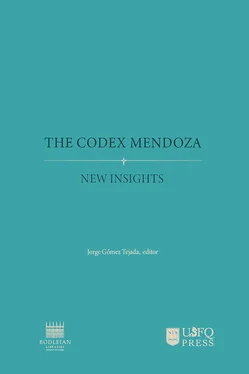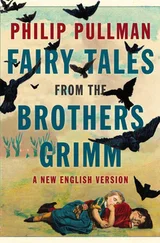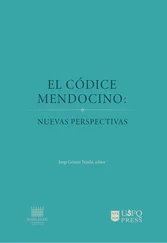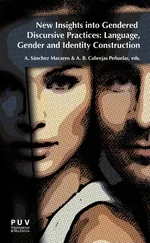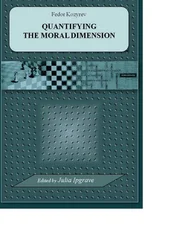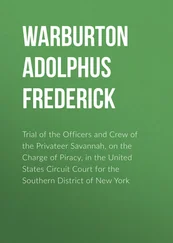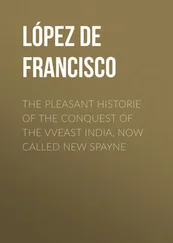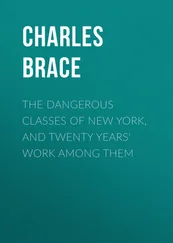1 ...8 9 10 12 13 14 ...27 As in Brittenham’s and Mundy’s work, the veiled permanence of traditions, modes of expression, and notions of communication that transcend what is made explicit by text or images articulates the context in which Frances Berdan discusses Mexican glyphic writing in regards to the Codex Mendoza. The codex is not only a document charged with the politics of redemption in the context of the early viceroyalty, as I have suggested. The codex’s pictographic interweaving also reveal the Mexica-Huasteca-Mixteca cultural and political relations of the pre-Columbian world—a world in which dominion is expressed both by means of the representation of conquest and by the translation and appropriation of the geographical names for the conquered territories. The Codex Mendoza is a colonial document that takes on many forms. It is colonial in the immediate context of its production (the 1540s and 1550s), but it is also a document that registers Mexica colonialism, which gestures and resources seem to echo each other. Tamapachco, “the place of palms” in Huaxtec, becomes, by means of Nahua pictographic adaptation, the “place of seashells,” thus detracting from the ancestral specificity of its name (Mundy and Magaloni, this volume). Similarly, Tenochtitlan is phonetized and distorted when rendered in sixteenth-century Spanish—becoming “Temistitan” in the most egregious of cases and, even when its name is correctly alfabetized, it loses both its semantic equivalence and its cultural, historical, and ritual specificity. Simultaneously, the Tenochtitlan wherein the Codex Mendoza is produced is, on one hand, the altepetl that claims for itself the title of center of the world. As Diana Magaloni shows, this is the place where notions of cosmic centrality dating back to the Olmec mid-formative period are embodied. On the other hand, the indigenous cabildo of this colonial city are governed by a surviving Tenocha elite striving to retain their land and influence. The double axis of text and images in the tripartite history of the Codex Mendoza negotiates this complexity and articulates a narrative that transcends the 1325-1521 period, and intelligibly inserts the Mexica world into the multicultural context of the early viceroyalty.
References
Adorno, Rolena. 2011. “El arte gráfico de la Historia Antigua de Mexico (1780-1781) de Francisco Javier Clavigero.” In Discursos coloniales: Texto y poder en la América hispana, edited by Pilar Latasa. Madrid: Editorial Iberoamericana.
Aiton, Arthur Scott. 1927. Antonio de Mendoza, First Viceroy of New Spain. Duke University Publications. Duham: Duke University Press.
Alcalá, Fray Jerónimo de. (1540) 1980. Relación de Michoacán. Edited by Francisco Miranda. Ciudad de México: Fimax.
Borah, Woodrow, and Sherburne F. Cook. 1963. The Aboriginal Population of Central Mexico on the Eve of the Spanish Conquest. Berkeley: University of California Press.
Brading, David A. 2015. La Nueva España: Patria y religión. Ciudad de México: Fondo de Cultura Económica.
Cañeque, Alejandro. 2004. The King’s Living Image: The Culture and Politics of Viceregal Power in Colonial Mexico. Nueva York: Routledge.
Clark, James Cooper. 1938. Codex Mendoza: The Mexican Manuscript Known as the “Collection of Mendoza” and Preserved in the Bodleian Library. Oxford, UK: Waterlow and Sons.
Clavigero, Francisco Javier. 1780. Storia Antica del Messico, cavat da’ migliori storici spagnuoli e da’ manoscritti, e dalle pitture antiche degl’ indiani. Vol. 2. 4 vols. Cesena: Gregorio Biasini.
Clavijero, Francisco Javier. 1964. Historia antigua de México. Ciudad de México: Editorial Porrúa.
Fernández de Oviedo, Gonzalo. (1532) 1959. Historia General y Natural de las Indias. Edited by Juan Pérez de Tudela Bueso. Vol. 4. BAE 220. Madrid: Atlas.
Gómez de Orozco, Federico. 1941. “Quién Fue El Autor Material Del Códice Mendocino y Quién Su Intérprete.” Revista Mexicana de Estudios Antropológicos, no. 5: 43–52.
Gómez Tejada, Jorge. 2012. “Making the Codex Mendoza, Constructing the Codex Mendoza: A Reconsideration of a 16th Century Mexican Manuscript.” Tesis doctoral, Yale University.
———. 2018. “Conquest, Growth and Evolution: Indigenist Discourse in the Codex Mendoza.” In Mesoamerican Manuscripts: New Scientific Approaches and Interpretations, edited by Maarten Jansen, Virginia M. Lladó-Buisán, and Ludo Snijders, 8:120–33. Leiden, NL: Brill.
Hakluyt, Richard. 1850. Divers Voyages Touching the Discovery of America and the Islands Adjacent. Edited by John Winter Jones. Londres: Printed for the Hakluyt Society.
———. (1584) 1877. A Discourse Concerning Western Planting, Written in the Yere 1584. Edited by Charles Deane. Cambridge: Press of John Wilson and Son.
———. (1584) 1993. A Particuler Discourse Concerninge the Greate Necessitie and Manifolde Commodyties That Are like to Growe to This Realme of Englande by the Westerne Discoueries Lately Attempted, Written in the Yere 1584, by Richarde Hackluyt of Oxforde Known as Discourse of Western Planting. Londres: Hakluyt Society.
Helfers, James P. 1997. “The Explorer or the Pilgrim? Modern Critical Opinion and the Editorial Methods of Richard Hakluyt and Samuel Purchas.” Studies in Philology 94 (2): 160–86.
Jansen, Maarten, Virginia M. Lladó-Buisán, and Ludo Snijders, eds. 2018. Mesoamerican Manuscripts: New Scientific Approaches and Interpretations. Leiden, NL: Brill.
Lestringant, Frank. 1991. André Thevet: cosmographe des derniers Valois. Ginebra: Librairie Droz.
Marchetti, Giovanni. 1986. Cultura indígena e integración nacional: La “Historia antigua de México” de F. J. Clavijero. Xalapa, MX: Universidad Veracruzana. http://books.google.com/books?id=Xb5VAAAAMAAJ.
Matienzo, Juan de. (1567) 1967. Gobierno Del Perú. París: Ouvrage publié avec le concours du Ministiére des affaires étrangeres.
Nicholson, Henri B. 1992. “The History of the Codex Mendoza.” In The Codex Mendoza, edited by Frances Berdan and Patricia Rieff Anawalt, 1:1–11. Berkeley: University of California Press.
Orozco y Berra, Manuel. 1877. “Códice Mendozino: Ensayo de Descifración Geroglífica.” In Anales Del Museo Nacional Del México. Vol. 1.
Paso y Troncoso, Francisco del. 1988. Descripción, historia y exposición del Códice Borbónico (edición facsimilar). 5th ed. Ciudad de México: Siglo Veintiuno Editores.
Peñafiel, Antonio. 1885. Nombres geográficos de México: Catálogo alfabético de los nombres de lugar pertenecientes al idioma “nahuatl”. Estudio jeroglífico de la matrícula de los tributos del Códice Mendocino. Ciudad de México: Oficina Tip. de la Secretaría de Fomento.
Pennington, L. E. 1997. The Purchas Handbook: Studies of the Life, Times and Writings of Samuel Purchas, 1577-1626. 2 vols. Londres: Hakluyt Society.
Purchas, Samuel. 1625. Hakluytus Posthumus: Or, Purchas His Pilgrimes. Londres: William Stansby para Henrie Fetherstone.
Rivero Rodríguez, Manuel. 2011. La Edad de Oro de Los Virreyes: El Virreinato En La Monarquía Hispánica Durante Los Siglos XVI y XVII. Madrid: Akal.
Robertson, Donald. (1959) 1994. Mexican Manuscript Painting of the Early Colonial Period: The Metropolitan Schools. New Haven: Yale University Press.
Sahagún, Fray Berardino de. (1578) 1979. Códice Florentino. Ciudad de México: Secretaría de la Gobernación.
Scammell, G. V. 2016. “Hakluyt and the Economic Thought of His Time.” In The Hakluyt Handbook, edited by David B Quinn, II:15–22. London.
Schlesinger, Roger, and Arthur Stabler, eds. 1986. André Thevet’s North America: A Sixteenth-Century View. Kingston: McGill Queen’s University Press.
Toomer, G. J. 2009. John Selden: A Life in Scholarship. 2 vols. New York: Oxford University Press.
Читать дальше
